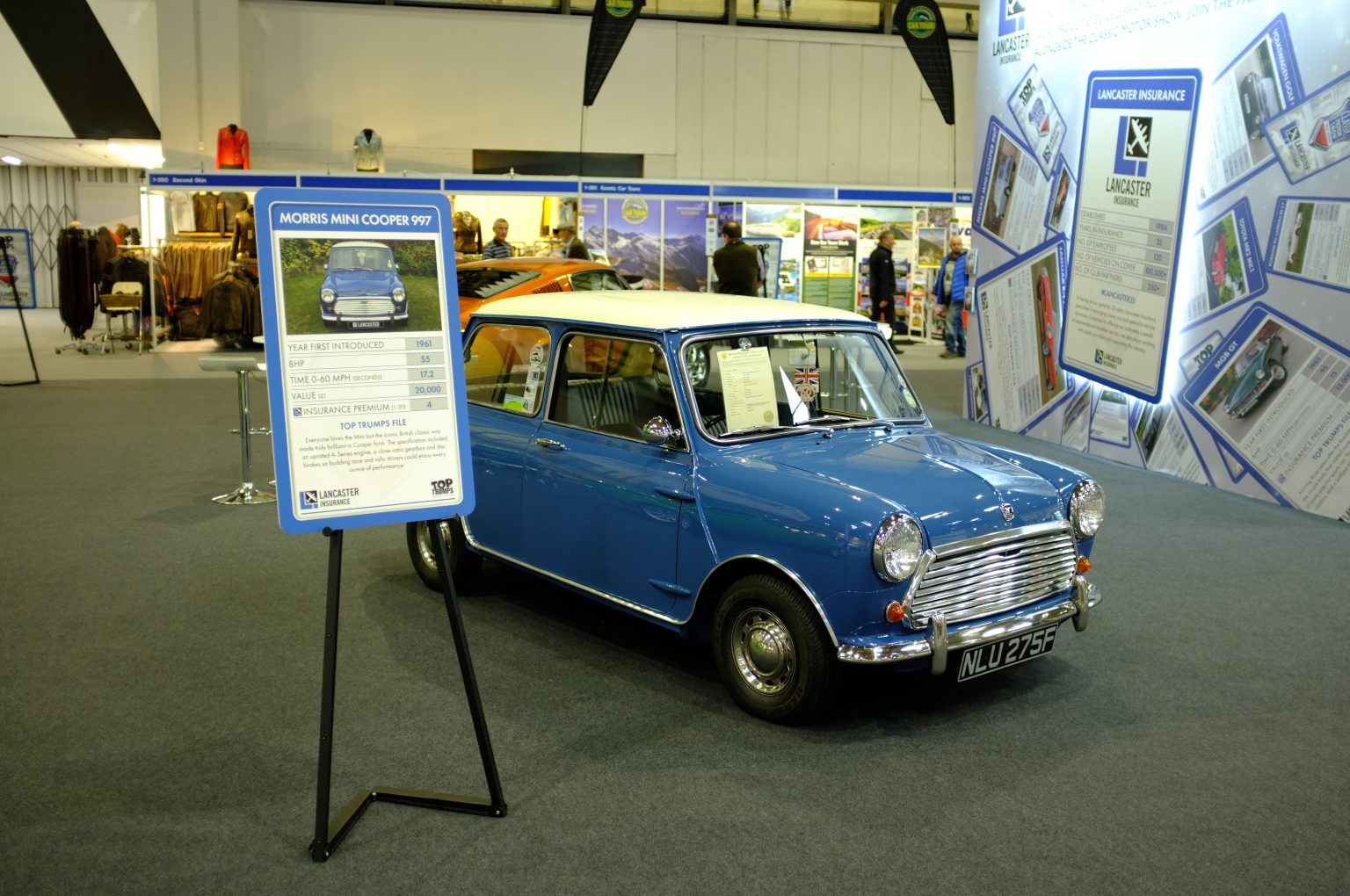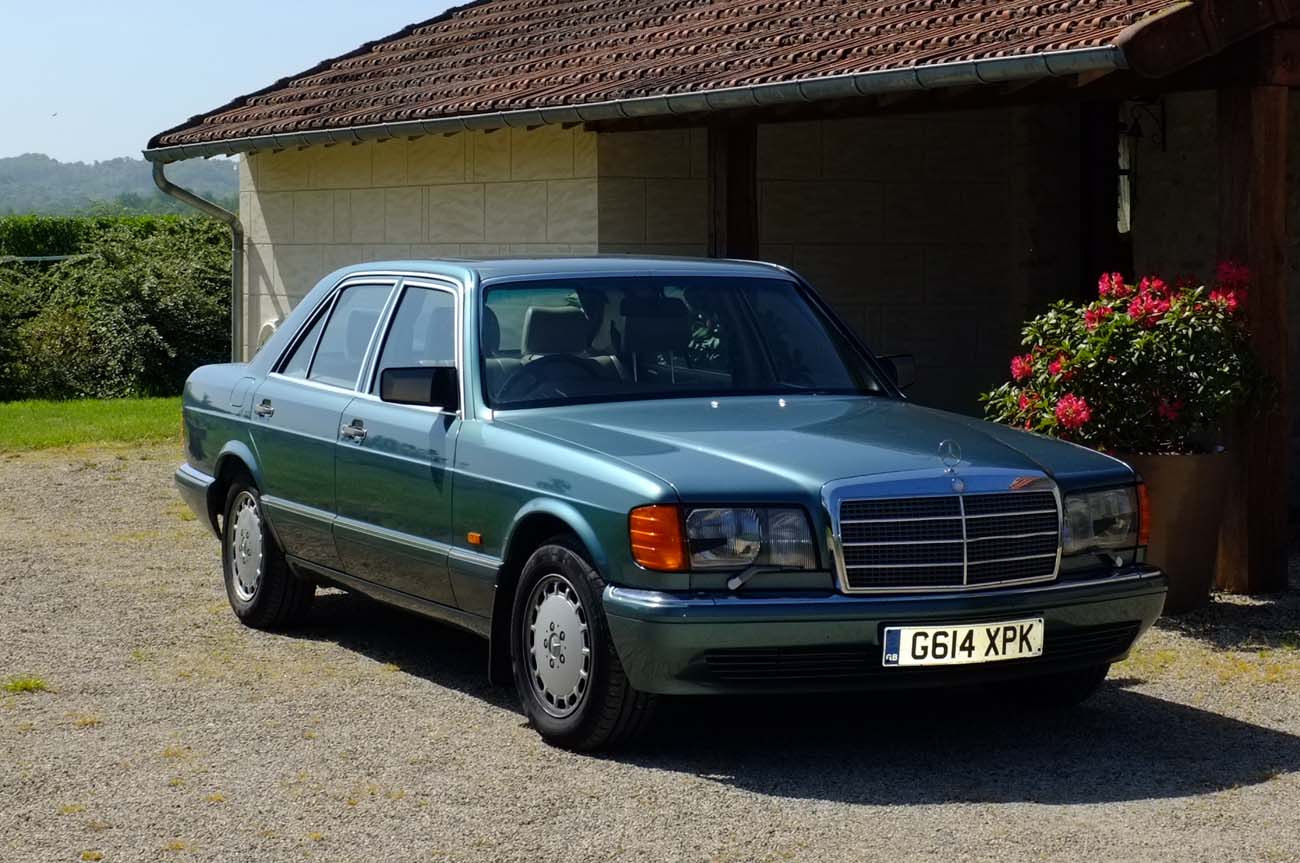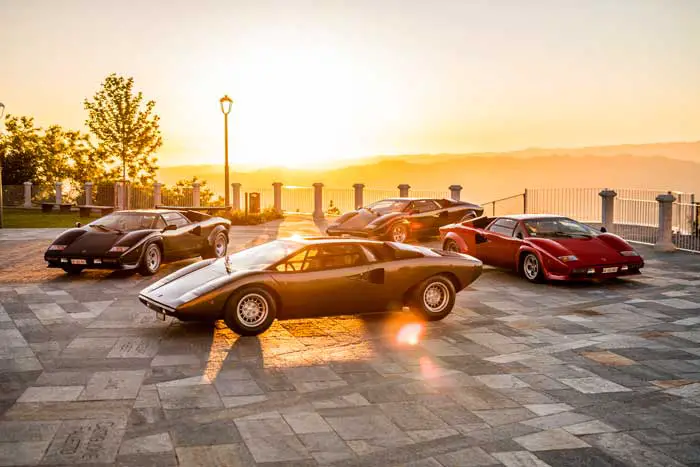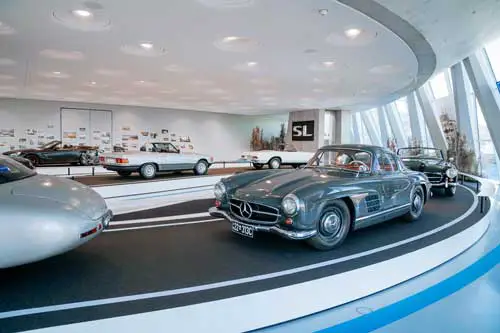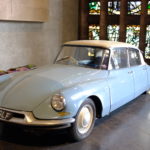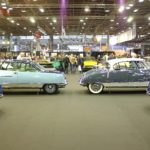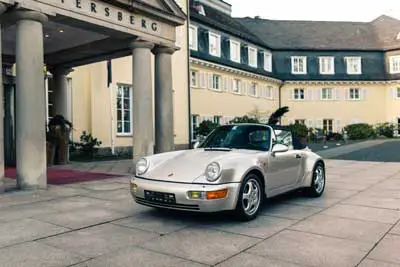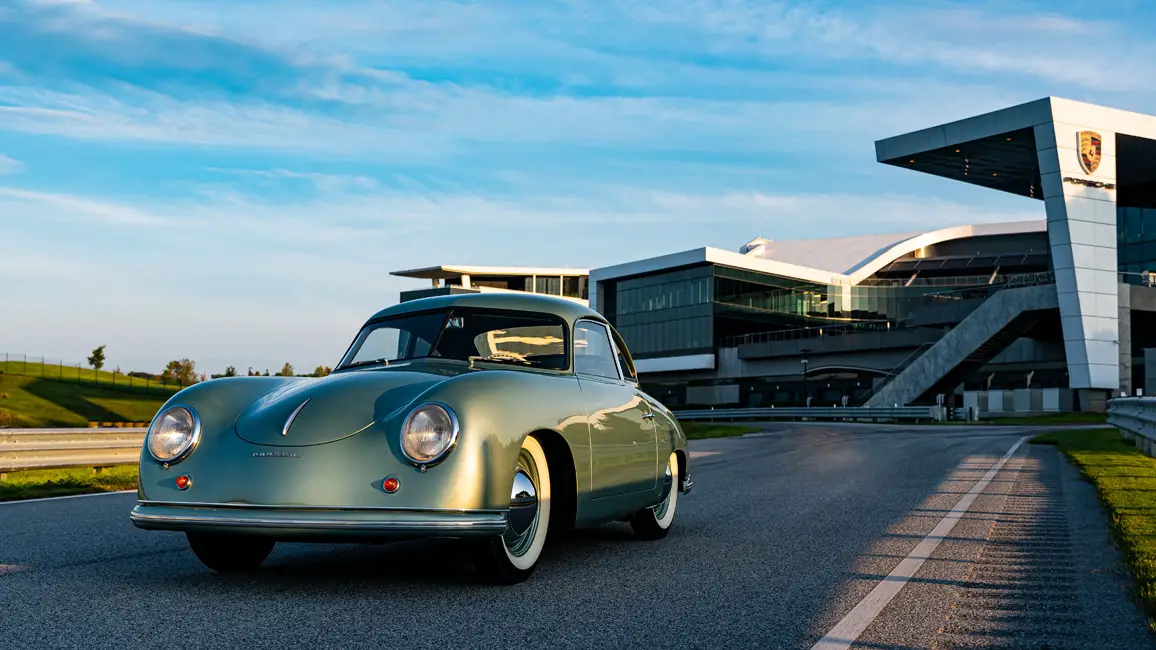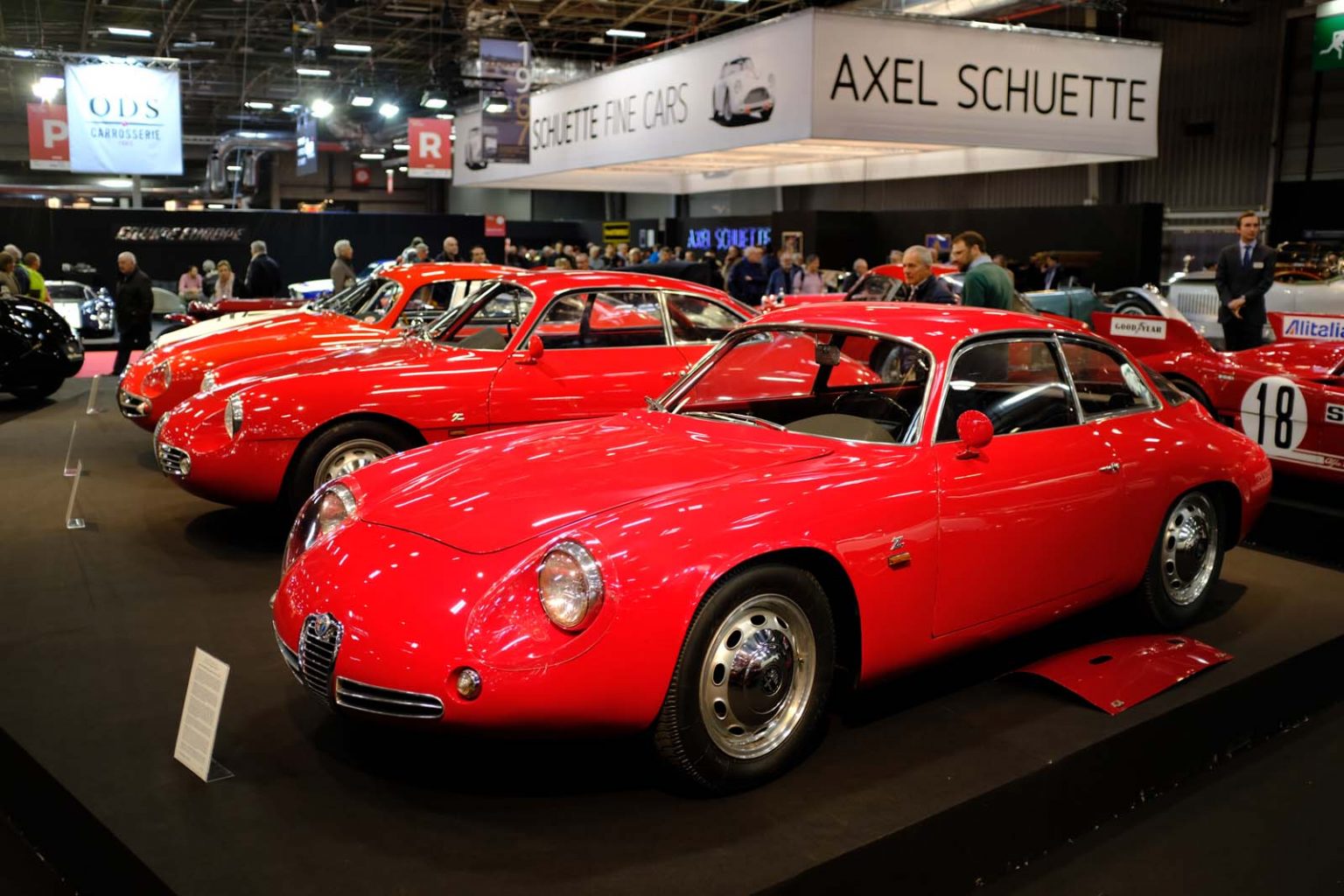
The Top 25 Classic Cars You Must Drive Before You Die
What are the top 25 classic cars that you must drive before you die? Here at Jalopy we have a list of what we think are the best and they should also be on yours. Some are rare and expensive others less so, but each one is an automotive icon in its own right.
With some planning and maybe a bit of luck there is a pretty good chance you can get behind the wheel of most of them.
Jaguar E-Type
Too obvious, but this car encapsulates all the elements of a great classic car. Syle, elegance, heritage and fantastic to drive. The Jaguar six cylinder engine sounds great too.
Enzo Ferrari himself said that it is one of the most beautiful cars ever made.
The first press car was tested up to 150 mph too, in its coupe form, so it’s more than fast enough to be considered a proper sports car.
Jaguar Classic will make you one that’s as good as new, from what looks like a large model kit.
Ferrari 365 GTB/4 Daytona
Austin / Morris Mini
Any Austin or even Morris Mini should be on your list. Cheeck, cute and great fun, even in the 850 models. The compact size, light weight and bouncy ride adding the excitement and feeling of speed.
Coopers are livelier and rarer, espeically in 1071 cc form. But if you can’t get one a basic Mini 1000 will provide much the same experience.
These are affordable too, a nice car would be around £7,000. You can get them for less, but the earlier ones are worth more. Original Coopers, well they can be around £25k and sometimes much more.
Latest Articles
Classic Cars For Sale On Jalopy
Citroen 2CV
The Citroen 2CV is simply brilliant. The designer Andre Lefebvre working for the equally brilliant Andre Citroen, and then Pierre-Jules Boulanger, developed the ubiquitous French car.
Designed before the Second World War, the prototypes were hidden away safely. The car received more development to become what we now know. This is a good thing as the old partially wooden contraption might not have had the longevity.
From comically slow 375 cc versions with 9 bhp to the only slightly more usable 425 cc and the more common 602 cc. None are fast, but they are great to drive. They are designed to be driven flat out all the time, even over bumps, so no need to slow down for anything.
Aston Martin DB5
Audi quattro
The Audi quattro brought about something of an automotive revolution. It had been tried before, Jensen did it with the FF, but they didn’t make many. Audi made it a production success, not only that they turned the rallying world upside down. The world has never looked back.
In fact the Audi quattro has been so influential that 4WD or all wheel drive options are available for many cars. Audi made a huge success of their quattro option for the saloon and estate cars and it now forms the basis for all of the performance models today.
The original is the one you need to drive. They weren’t cheap when new and whilst it was a production model they only made some 11,452 up to 1991. Luckily there are plenty of them left to find.
If you want to buy one then you’ll need at least £30,000 to get one that you can actually use.
Lamborghini Miura
The Lamborghini Miura is a beautiful car with a fabulous engine. Fast and exotic and if you can get your hands on one then jump at it.
Introduced in 1966 as a direct challenge to Ferrari it featured the Bizzarini designed V12 engine which lasted for many years with Lamborghini and the last variant could be found in the Mercialego.
They didn’t make many of them and they can get very expensive. Just look at the auction result RM Sotheby got for an SV.
The SV and Jota are a bit special, but it’s the original we recommend. Just like the ex Shah of Iran car in the picture.
Saab 900 Turbo
Saab liked to do things a little different to everyone else. The 900 Turbo is a clear example of that. It wasn’t the first turbocharged road car, but it was a successful volume production car. Saab’s appliction of turbocharging was so successful it soon caught on. Try buying a car without it now…
The 900 is a great car, very solidly built, great strength and great handling. So good Lotus bought one and used it for evaluation. They said it was the best handling FWD car, until they built the 1980s Elan.
Saab worked on the development of the 99 and 900 to elimiate torque steer. To do this with the longitudinally mounted engine they stuck the gearbox underneath and drove it by chain. This way the drive shafts could be equal length so you don’t get the car pulling to one side when you accelerate. Try one and see.
BMW 3.0 CSL
BMW have made some fantastic cars, but the 3.0 CSL is legendary. Nicknamed Batmobile due to the large wings and aerodynamic fins it was the racing versions that drew the attention. You could get a road going one, less extreme than the one in the picture. You could even have the large rear wing and fins removed.
Built out of lighter steel with aluminium bonnet, doors and bootlid. Even the side windows were plexiglass. It was far less compromising than an ordinary CS, but still retained the attractive coupe lines.
In the UK the cars had a little bit more in the way of creature comforts. Carpets, soundproofing and I believe even a radio.
A great straight six engine with plenty of power and a great noise. A CSL would be fantastic, but a CS would still be a great drive if you can’t get one.
Mercedes 300 SL Gullwing
The 300 SL Gullwing Mercedes is gorgeous. I know they’ve made newer gullwing cars since, but the original is best.
The looks and proportions are right, so is the interior. The tubular frame covered in a steel body. The long nose containing a 3 litre straight six engine with 240 bhp provides enough performance.
The car was essentially a road going version of the W194 race car. Its 0 – 100 km/k / 62 mph time of 9.3 seconds may not suggest that, but first gear was very tall. Different gear ratios fitted to the car gave better aceleration or higher top speeds. At one point this was the fastest production car with a top speed of 163 mph. It did come out in 1954 so that’s impressive stuff.
Renault 5
Motoring for the masses doesn’t have to be dull. The bright and cheery Renault 5 in its first generation is just the thing. Charming, fun and quirky. Small engines which take an amazing amount of abuse and a dashboard mounted gearchange straight out of the Renault 4.
Throw in some bright colours and who wouldn’t want one.
It’s more than that. This was an accomplished car, with good performance, handling and ride. Small and chic it’s just the thing for the city, but works well in the country. Later versions came with more power and moved the gear lever to the floor. You could even get performance versions and one with a turbo. Those almost need an entry to themselves, especially the mid mounted one which is a totally different car.
They can be bought cheaply too, get one and you won’t regret it.
Ford Mustang
The Ford Mustang is a great car, brining style and power at a mass market price. Pick one that you like the look of the most, but up to 1974 for one of those. The second generation was more of an economy compact.
From notchback to convertible and fastback all of the Mustangs look great. The GT350 and 500 might be harder to get your hands on, but the original 289 V8 would make a nice car to drive. Automatic or manual, it doesn’t matter.
I can’t decide between a ’65 fastback or a ’65 convertible. It would probably be best to drive both.
AC Cobra
It was a brilliant move by Carroll Shelby, taking Jon Tojeiro’s AC Ace and dropping in a 289 CI Ford V8.
The AC Ace was an already successful race car, but the Cobra took it to another level. the performance gain was immense, especially with the 427. A bit of a handful if driven hard, but that’s part of the appeal.
You can get some superb replicas, which will give the right kind of experience. If you have deep pockets Superformance will build you a very nice one.
Citroen DS
I make no apologies for including this. Technologically advanced and gorgeous looking. Is this the perfect classic car?
The DS is legendary and quite righly so. The advanced hydropneumatic suspension working to give that floating magic carpet ride. The relatively ordinary four cylinder engine providing the motive power. They run along quietly enough and provide a tremendous amount of comfort.
When unveiled in 1955 at the Paris Salon de L’Automobile it didn’t look like it drove in, it look like it landed. Can you imagine how this looked when compared to everything else on show at the time?
If you can get to drive a Chapron bodied coupe or convertible it will be fantastic.
Tatra T 603
The Tatra T 603 is one car that I have wanted to have a go in. There’s something really cool about the way these look. In black they have an almost sinister character, which would suit the government only customer base when new.
These weren’t available for public consumption and getting hold of them wasn’t easy for many years.
Incredible cars with streamlined styling and a rear mounted air cooled V8 engine.
If you don’t think you want to drive one, watch the film Happy Journey and see if it changes your mind.
Porsche 911
The Porsche 911 has to be on anyones list. The early cars are the best, the short wheelbase versions up to the 1969 redesign are the trickiest on the limit. The 1969 to 1974 cars are probably the ones in the sweet spot. But don’t dismiss the late 70s or early 80s cars, they really are rather good.
A 930 Turbo would be pretty entertainig. Even the early 3.0 car with the four speed gearbox. The combination of old tech, turbo lag and tall gear ratios. Back then cars didn’t need more gears. This was changed in the last year of production with a 5 speed gearbox in 1989.
After that you have the 964, which is still worth having a go in and the 993 which is definitely worth it.
Trabant 601
Wait, are we really recommending a car that has been the butt of many jokes? Yes, but bear with us here. The Trabant was introduced in 1957 as the first transversely mounted front wheel drive car. It was ahead of its time with advanced contruction methods and fantastic economy.
Yes it’s basic and crude, but it was built to be a cheap car, in the 1950s. What it lacks in creature comforts it makes up with character. And they made a lot of them they are easy enough to come by and not too expensive to buy.
Hilarious to drive and will draw a bigger crowd that a Ferrari. I know, I’ve done it with mine.
VW Beetle
The VW Beetle is one of those cars that many people will have alredy tried. They made loads of them and they are everywhere still. Not as common a sight on the road in some places as they were, but now a more coveted classic. Unless you go to Mexico or Brazil where plenty of them are in use.
Still cheap enough for most people to afford and simple enough to fix and maintain. They turn up for sale everywhere, from classified ads to eBay. Everyone needs to have a go at least once.
Rolls-Royce Silver Ghost
Declared to be the best car in the world, the Rolls Royce Silver Ghost probably was.
At a time when things weren’t reliable and each journey likely resulted in some breakdown having something as good as this would hav ebeen a revelation. Build quality and precision engineering of their cars made Rolls-Royce the pinaccle of automobile manufacturers. Their aero engines having done in the air what their cars would later do on the road.
They are very old, over 100 years, and the driving experience is going to be unlike anything newer. But they are smooth and quiet running. Compare them to other contemporary products and see what I mean.
Ford GT40
Ford’s attempt to defeat Ferrari with the GT40 eventually paid off. This stunning creation was developed by Eric Broadley of Lola cars. Ford bought the Lola Mk6 and set about turning it into the GT40 with Eric’s help.
What they produced is simply fantastic, from the Mk I to Mk II and IV race cars. Don’t forget the Mk3 road car, the long tailed consumer version is still highly capable and is really a race car on the road. They only made 7 of them though.
There are many replicas that give the feeling of the real thing and there are continuation cars from Superformance that are the real thing. The monocoque cars are the ones have, and they are avaliable new and relatively affordable. But only if you compare it to an original.
Win the lottery, become a succesful historic racer or make friends with an owner.
1959 Cadillac
American luxury with style and very different to anything on offer in Europe. The 1959 Cadillac Eldorado was big, with massive fins. This automotive styling trend hasn’t been repeated yet, but probably never will be.
A large 390 CI V8 engine, automatic transmission and effortless crusing. It’s got to be on anyone’s list. But if you can’t manage that, or are a little on the shy side a 1960 Caddy is a little tamer.
They only built 1320 of the Eldorado Biarritz convertible and 975 of the coupe. The good news is that the Series 62 is very similar, just the lower rung down the model ladder. They built a lot of those and should be easy enough to find one. It will still make you feel just as good as the Eldorado.
BMW Isetta
A BMW Isetta might not be what everyone thinks of as a drivers car, but hang on. This little bubble car was responsible for getting Germany mobile. Without this and the motorcycle division BMW may not exist. But by 1955 demand was switching to cars and it really needed something.
Small, slow, crude, but clever. BMW built these under license from Isetta and they were a sales sucess. They weren’t the most profitable of vehicles, but it did the trick. It kept BMW a privae company and look at them now.
The Isetta is a brilliant piece of design. It came from the Italian company ISO, who later made fabulous sports racing cars. BMW re-engineered the car so much that nothing was interchangable with the Italian original. A small single cylinder engine, first a 250 cc with 12 bhp and then a 300 cc with 13 bhp, moved the Isetta along with a fair amount of noise and vibration. It’s not fast, but it didn’t stop the newly upwardly mobile Germans touring Europe with them. The luggage racks being put to good use.
In times gone by the roads would have seen many of these micro cars, providiing transport to so many people. Traffic moved slower then and there was less of it. So one of these crawling up an Italian Alp wasn’t so much of a problem.
Mazda RX-7
Pick any Mazda rotary engined can and you’re off to a good start, but I think the original RX-7 from 1978 is the one. This attractive coupe did really well outside of Japan in the USA and reasonably well in the UK.
The high revving but very smooth twin rotary engine produced just over 100 bhp, but don’t let that put you off. The engine begs to be revved and well, thrashed. Later cars had more capacity and a little bit more power.
Finding one is getting harder, but the ones that have survived are usually pretty good. They even did a turbo version of the original just before the second generation car came in 1986.
Alfa Romeo Giulia
The Alfa Romeo Giulietta Tipo 750 and Tipo 101 in any verison. Which ever you can get your hands on. The Sprint is exteremely pretty but If you can manage an SZ like this one then great.
The lightweight delicate nature of these cars is missing from any modern offering. Eager engines and lively performance with stunning looks. With a sprint weighing 880kg and an SZ being only 770kg they don’t need much power to feel fast. The Sprint and Sprint Veloce had 79 bhp and 89 bhp, so that’s plenty. Completely the opposite of a modern car with its huge power and huge weight to match.
You have to drive one of these to see just how you don’t need big engines and huge power for a great driving experience. A nice Sprint can be had for £40,000- £50,000. Just get one from a dry climate..
Porsche 917
There’s a good chance that this one is going to be impossible. But it’s the best race car ever made.
The original pictured here from 1969 was a bit of a handful, but was very different to everything else. By 1970 it had been pretty much sorted out, and devastatingly fast.
I’ll have a short tail car, in JWA Gulf colours. I wanted to be Michael Delaney, the guy Steve McQueen played in the film Le Mans when I was young. Still do.


